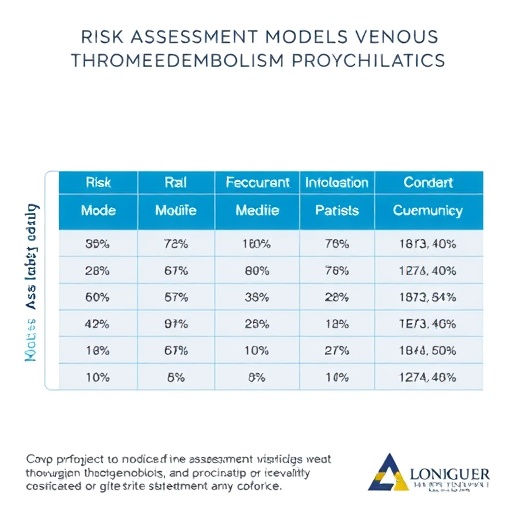Researchers from the Higher School of Economics and the Turner Scientific and Research Institute for Children's Orthopedics* have discovered that in children with arthrogryposis, the power of electrical activity in the brain cortex decreases, while its dynamics remains the same as in healthy children. The results of the study were published in the paper 'Characteristics of electrophysiological activity of the cerebral cortex in children with arthrogryposis.'
https://www.researchgate.net/publication/326554838_Characteristics_of_electrophysiological_activity_of_the_cerebral_cortex_in_children_with_arthrogryposis
Arthrogryposis (from Greek 'curving of joints') is a congenital abnormality of the musculoskeletal system. This is a systemic disease which manifests in extremity deformities, underdeveloped joints and muscles, and limited or absent ability for movement and self-care. These deformities don't progress with ageing, and most importantly, children with it demonstrate active and healthy intellectual development.
While surgeons and orthopaedists have been helping people with arthrogryposis for decades, it's not yet known what changes this disease causes in the brain. 'Characteristics of electrophysiological activity of the cerebral cortex in children with arthrogryposis' is one of the first papers on this topic. It presents the results of a comparison of indicators of cerebral cortex activity in children with arthrogryposis and healthy children aged 2 to 16.
The researchers used electroencephalography (EEG) to collect data on brain activity at rest in 15 children with arthrogryposis and 10 healthy children. They measured power and dynamics (on the basis of long-range temporal correlations) of brain activity in ranges of 4-8, 8-12, and 12-16 Hz.
Long-range temporal correlations (LRTC) reflect the so-called system memory and the effectiveness of information transfer, and are an important characteristic of cortex activity. It has previously been demonstrated that LRTC can be used as a predictor of various human behaviour indicators, including perception of visual and audio stimuli, performance of motor tasks, and even decision-making. That's why we also assumed that LRTC may reflect the process of recovery after muscle transplantation surgeries and restoration of the extremity's active function.
In all ranges, the data analysis demonstrated a considerable difference in EEG power. In children with arthrogryposis, EEG power was lower than in healthy children, but no difference was detected in LRTC indicators, which characterize the neuronal activity dynamics.
This means that cortex neurodynamics are the same in same-age children with arthrogryposis and healthy children. The only indicator that is different in them is the power of cortex activity. In children with arthrogryposis, this power is significantly decreased. Scholars assume that the decreased amplitude (power) of EEG rhythms in children with arthrogryposis is likely due to their lower overall motor activity.
'Children with arthrogryposis perceive the world the same way as healthy children do; they preserve all cognitive functions but have problems with movement. And due to physical limitations in mobility, they react to the outer world more slowly,' explained Evgeny Blagoveshchensky, senior research fellow at the Centre for Cognition & Decision Making. 'The brain understands it and adjusts. There is no need to react fast, and it decreases the pace and becomes less active in general.'
The scholars also note that in some cases, there was a considerable correlation between EEG power and the speed of motor function recovery in children after surgery. In the future, the scholars will probably be able to use cortex activity indicators to predict the success of recovery after surgery. Currently, three more papers are being prepared, which will be published in English-language journals.
*A team of neuroscientists from the HSE Institute of Cognitive Science has been cooperating for two years with the Turner Scientific and Research Institute for Children's Orthopedics , which is one of Russia's leading institutions that treat arthrogryposis. Its doctors perform various reconstructive surgeries, including muscle transplantation, which help restore the patients' mobility and self-care capability. Rehabilitation processes after these surgeries are accompanied by serious transformations in the central nervous system.
###
Media Contact
Liudmila Mezentseva
[email protected]
7-926-313-2406
@HSE_eng
http://www.hse.ru/en/
https://iq.hse.ru/en/news/225729124.html
Related Journal Article
http://dx.doi.org/10.17650/2222-8721-2018-8-2-25-32




